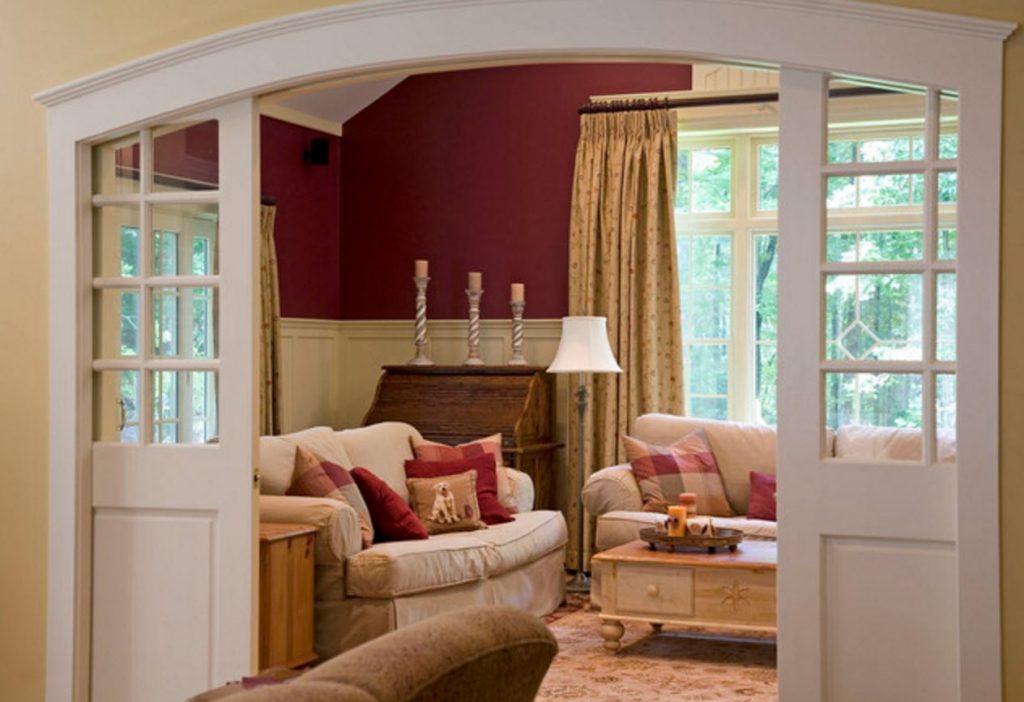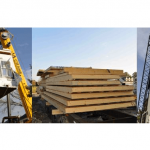10 Things You Wish You Had Thought About for Your New Home


It Never Fails!
You are about to move into to your dream home. You have been anticipating this for months and months. You have gone to watch the progress of the construction of your new home almost daily. You have been planning your furniture placement, buying new items, and fantasizing about soaking in your new master bath corner whirlpool tub.
The day comes and you move into your new home. You want to share your joy and pride with family and friends so you have planned a cookout on the new deck of your new home next Saturday evening. Just as everyone starts to arrive you notice it… the evening sun is shining on your deck and what should be an enjoyable cookout turns into an evening in direct sun, and 80 degrees feels like 100 degrees and no one is enjoying themselves. Then it hits you. You wish you had thought about it or someone would have told you, decks that face the west or southwest in the evening just aren’t fun to be on for those late day cookouts.
Related: THE CONSTRUCTION LABOR SHORTAGES DIRECT IMPACT ON HOME BUYERS
This is just one of many items that home buyers building on their own land learn after the fact. There are many things that home buyers wish someone would have told them when they were designing their new home or positioning it on their land. Here are ten things (in no particular order) you should think about before you start to build.
10 Things
#1 Ceiling fans – Ceiling fans are heavy, requiring extra support, and should have their own dedicated switch. This is easy to do and costs are minimal when designing your home. They cost a lot to install after you move in. Key locations include all bedrooms and main living areas. They save energy and should be used before you turn on the A/C.
#2 Universal Design – Universal Design is a design concept for building a home that works for all ages, not just seniors. Elongated and elevated toilets, wider hallways and doorways, higher vanity heights, better lighting, etc. are great things to include to make a home easier to live in without an institutional look. Most of these items can be done at little or no cost when designing a home but can cost 10’s of thousands of dollars to add later. Visiting parents/grandparents, children, you after an accident… everyone can benefit from designing some of these items into a home now.
#3 Access for Furniture – Beds, hutches, dressers, etc. All of these items are large and don’t navigate small doorways or tight turns well. Think ahead about how you will get large pieces to the rooms they will reside. Insure there are no obstacles to them to be placed there. Otherwise, you risk damage to your home and the furniture itself!
# 4 Radiant Floor Heating – This is just one of those things that is nice to have and you don’t know how nice it is until you have it! You don’t have to use the full liquid-filled underfloor radiant systems that can be more expensive. Simple low voltage electric mats that install easily under tile can offer amazing comfort in kitchens and bathrooms. We typically judge how hot or cold we feel by how our feet feel. Keep your feet warm and you will be warm by installing radiant floor heating in strategic areas of your new home.
#5 Taller Ceiling Heights – A room’s size shouldn’t just be determined by square feet. It should also be measured in cubic feet. High ceilings just make rooms feel bigger. Making your first-floor ceiling 9 feet high can have a large impact on how you feel in your home. It is also impossible to change later. Explore different homes with different ceiling heights and styles and make your own judgment about its impact on you and then design your new home accordingly.
#6 Location of Heating and Cooling System Equipment – This is one afterthought that can impact you both inside and outside of your home. Make sure your large return for your HVAC system isn’t right where you watch TV. Otherwise, you will be turning up the volume every time the furnace or A/C kicks on. Outside compressors can be loud. Having them located right outside of a bedroom window or by a deck or patio can be irritating. Work with the HVAC subcontractor to plan placement of his equipment around your home design.
#7 Pocket Doors – Pocket doors are the wonder door for conserving indoor space. Some people just like the way they look, but they also serve a very functional purpose. They eliminate door swings which can use up precious space in bathrooms and impact furniture placement in bedrooms. Keep in mind that their use can interfere with electrical switch placement in rooms. Planned properly, they can solve many issues when designing functionality into your new home.
#8 House Position – Weather and other outdoor factors can impact both the inside and outside of your home. Think about the sun, wind, and rain when planning outdoor spaces, house position, and window and door placement for your home. If you live in a location with no porch and the wind predominantly comes from the west, then think about the wind-driven rain coming through your front door when it opens. Overhangs are a great way to minimize sun coming into your home. Do your research. Just don’t position your home towards the view or towards the street by default.
#9 Storage spaces – The old adage, “You can never have too much storage space” is very true. Many times a floor plan will offer the opportunity to have small closets or storage areas created with minimal cost and impact on your home plan. Cleaning item closets, pantries, and other closets can be handy to have in your home. In a two story home it takes time to run downstairs for cleaning supplies and a broom every time you need them upstairs. Include these spaces now to avoid frustration later.
#10 An Extra Stash of Cash – Building a custom home is an undertaking. For some, the bumps along way are minimal and the impact is barely noticed. For others, they hit obstacles with their land, wells are deeper than expected, unexpected fees, etc. can impact their budget. Avoid putting every last penny in your home up front. If possible, a small reserve can go a long way to minimize stress when you hit your bump in the road. Using modular construction can reduce, or even eliminate, the amount of change orders usually encountered in traditional custom home construction.
The post 10 Things You Wish You Had Thought About for Your New Home appeared first on Impresa Modular.




